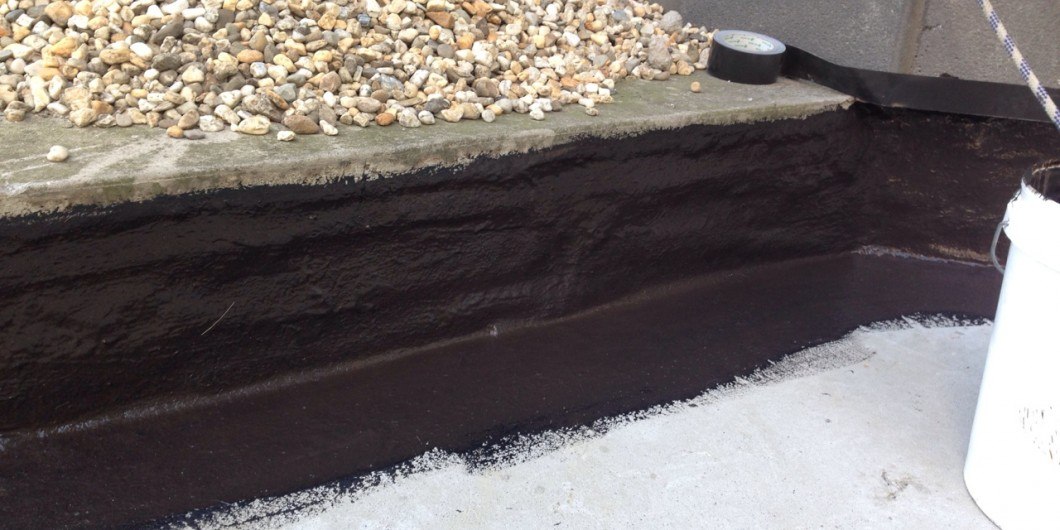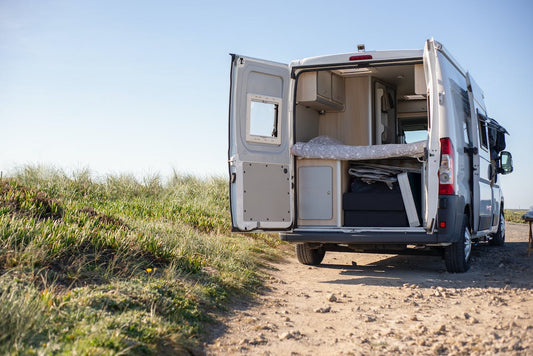
Below Ground Tanking & Waterproofing Retaining WallsRequire best practice waterproofing techniques.If the following principles are adhered to, there is no reason smallretaining wall waterproofing projects cannot be applied as DIY application. |
- Quality Waterproofing Product.
- Good Preparation.
- Correct Waterproofing Application.
- Robust Membrane Protection.
Commercial & Large Waterproofing Projects
Below Ground Tanking , Basements & Under Concrete Slab
should be performed by professional waterproofing companies.

Consequences of below ground membrane failure is costly & difficult to rectify.
Registered Builders & Specialist Melbourne Waterproofers:
Findlay-Evans Waterpooofing

How to Choose Best Waterproofing Product for Retaining Walls ?
- Concrete block, masonry or bricks are porous in nature.
- Cracks and porosity of the wall materials allow water and moisture to penetrate from adjacent soil to interior walls.

- Although these two waterproofing products may look very similar, they are VERY DIFFERENT in how they perform.
- Many contractors continue to use dampproofing because once the foundation is backfilled the area is “out of sight, out of mind”, and once the house is finished and sold it becomes the homeowner’s problem if the foundation starts to leak.
- The small amount of money you save by not using proper waterproofing when the home is built, can cost you a lot of money to fix when water appears in your basement after one or two years, or even sooner.
What is Waterproofing?

What Are Liquid Rubber Membranes ?
|
How to Waterproof Retaining Walls-PreparationPrior to membrane application for retaining walls, it is critical to have good preparation & detailing between the vertical wall interfaces and foundation.
View Video below demonstrating how to apply the Geotextile Bandage.
Cement Block Waterproofing-Preparation
Retaining wall bagged & prepped for waterproofing
|
DIY Waterproofing using Liquid Rubber Paint |







